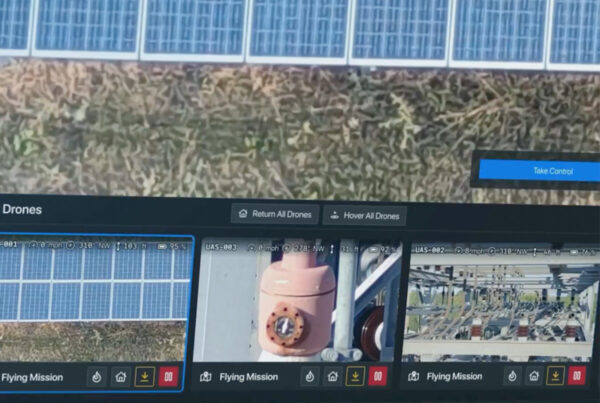
Anticipated growth of electric vehicle (EV) sales in the U.S. over the next several years will have a great impact on the nation’s existing infrastructure — especially the grid.
The right infrastructure needs to be in place to account for increased electricity needs as millions of homeowners look to install EV chargers in their garages or use charging stations along highways. That is why utilities across the country are focusing on future-proofing their transmission and distribution networks to support projected power demands.
One of those utilities is Fredericksburg, Virginia-based Rappahannock Electric Cooperative (REC), which serves more than 170,000 customers across 22 counties. In 2021, this member-only electric co-op engaged with business, technology and cybersecurity consulting firm 1898 & Co. (part of Burns & McDonnell) to develop a process in which large volumes of REC data— such as meter data, substation operations data, distribution topology and billing details — are combined and stored within a single integrated data platform.
The initial use case for the platform was designed to allow REC to uncover unusual usage patterns and identify system electrical losses, all while providing actionable insights. The goal was to gain an accurate and in-depth understanding of these issues by creating several digital dashboards that provide REC employees with an easy-to-understand visual display of system performance in near real time. In addition to identifying load loss patterns, the data also provides insight into member behaviors and choices they can be expected to make in response to market conditions.
REC is just one of the utilities across the country that are striving to future-proof transmission and distribution networks amid ever-increasing EV adoption. These efforts range from understanding the network effects associated with members’ current EV charging loads, to predicting the likely impacts of members’ future EV adoption, to evaluating the networks’ ability to accommodate those EV charging loads.
REC also partnered with 1898 & Co. on another study that dives deeper into member behavioral analytics. These analytics will allow REC to determine members’ propensity for EV adoption so that the co-op can prepare its network for the impact of widespread EV adoption. REC expects the data to help determine which members will likely purchase an EV, when they’ll make that purchase, where they live, and where they’ll most likely charge the EV. These demographics-based EV adoption rate projections should help REC visualize whether the utility is ready for transformer loading across its network as well as any individual service limitations.
As the co-op prepares for the continued adoption of EVs by its members, distribution service performers will play a critical role in maintaining reliable service across its service territory. These transformers vary substantially in size and age, with many of them installed long before the recent emergence of 7- to 20-kilowatt EV charging loads.
The team also is exploring how machine learning can enable identification of member-load anomalies that are consistent with EV charging. With the means to identify likely EV owners, REC could then offer time-of-use rates to members, monitor EV adoption rates in near real time, and improve system planning and scheduling.
Insights from the study include:
- Future-proofing the grid requires identifying the system- and transformer-level impacts of EV charging.
- Distribution transformers are critical to successfully managing the EV transition process.
- Machine learning could enable a utility to monitor the EV transition in near real time.
Carol Bogacz is a principal consultant for 1898 and Co., part of Burns & McDonnell. With 27 years of analytical experience, Bogacz is an industry leader driving innovative solutions through deep technical experience to expand and deliver strategic offerings to clients. She leads teams through all phases of delivery including discovery, requirements gathering, analysis, solution, recommendations and implementation. Bogacz has been named a Top 25 Thought Leader in Utility Analytics by the Utility Analytics Institute and currently serves on the UA Week Program Board. She also is a certified Prosci Change Management Practitioner.














